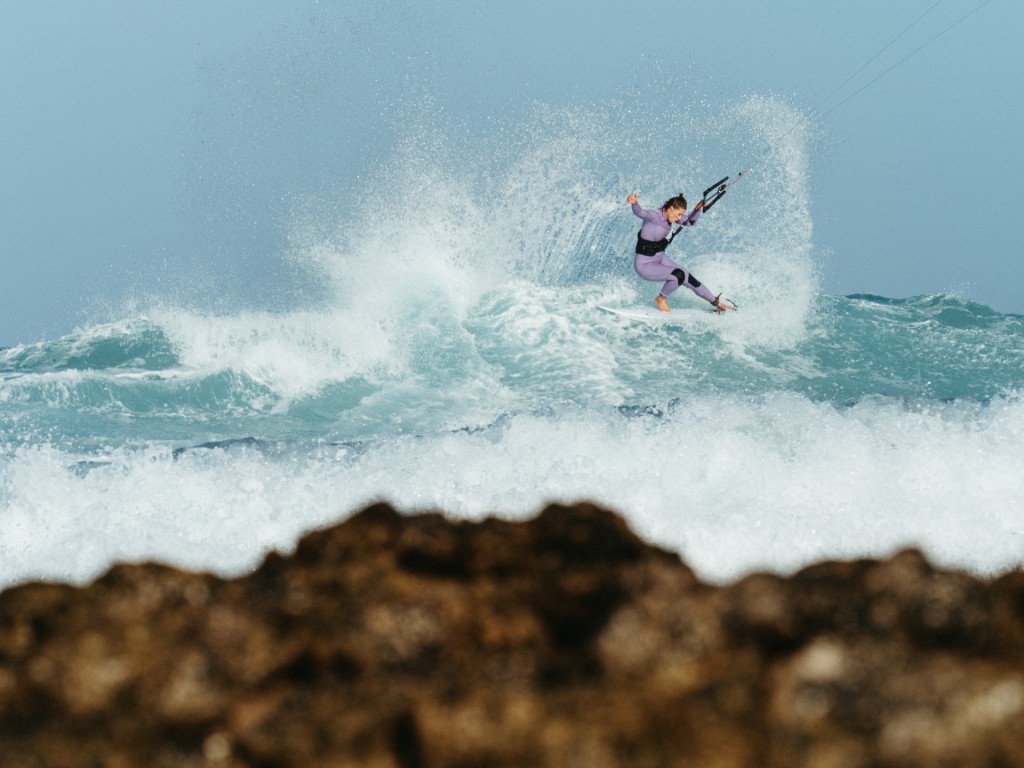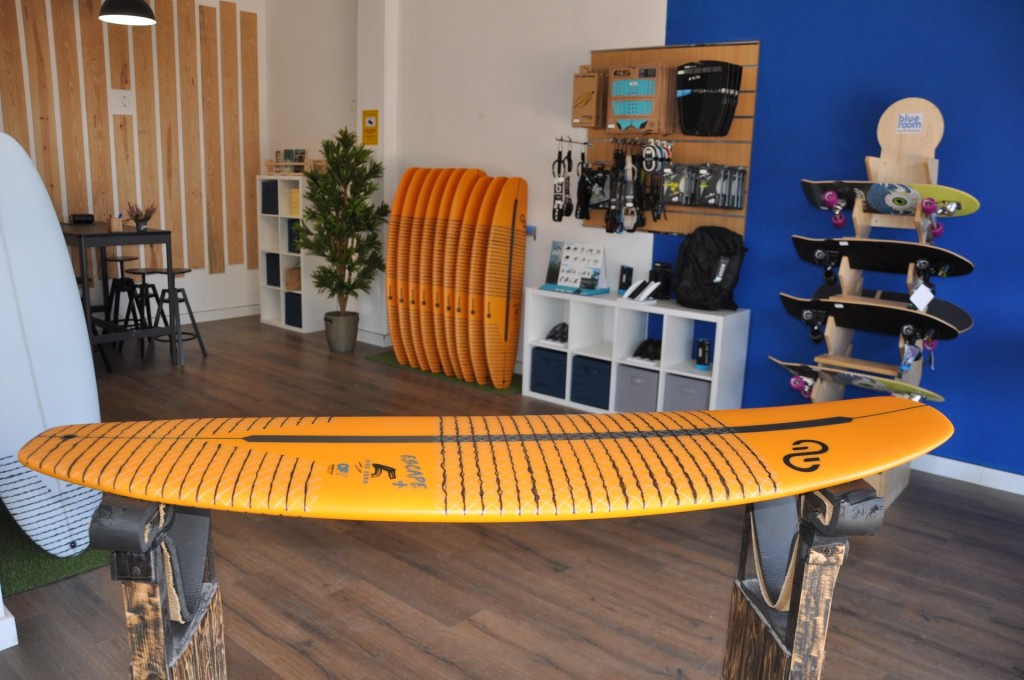What Are Kitesurfing Surfboards Made From?
Kitesurfing is a thrilling water sport that combines aspects of surfing and kiteboarding. The right surfboard can make all the difference in your kitesurfing experience, as it is the foundation of your ride. Kitesurfing surfboards are designed to provide stability, manoeuvrability, and responsiveness in a variety of conditions. In this article, we will explore the different materials that kitesurfing surfboards are made from.
The most common materials used in kitesurfing surfboard construction are foam, fibreglass, and epoxy resin. The core of the board is typically made from foam, which provides buoyancy and a lightweight feel. Foam comes in different densities, a higher-density foam will be stiffer and offer more support and ding resistance, making it ideal for heavier riders and those who need more stability. A lower-density foam is more flexible and easier to control, as always with board design, it is a compromise to get the best performance, durability, and feel underfoot.
Fibreglass is used to cover the foam core and create the board’s outer layer. Fibreglass is a lightweight, durable material that provides excellent protection against scratches and dings. Epoxy resin is used as a bonding agent to hold the different layers of the board together.
Another material used in kitesurfing surfboard construction is wood. Wood provides a natural look and feel to the board while also adding strength and durability. A wooden surfboard is usually heavier than a foam surfboard, but it can provide excellent stability and control in choppy conditions. Wood is also a good option for those who prefer a more eco-friendly surfboard, as it is a renewable resource.
Carbon fibre is also used in kitesurfing surfboard construction, although it is less common due to its cost. Carbon fibre is a lightweight, strong, and stiff material that provides excellent responsiveness and control. Carbon fibre is often used in high-performance surfboards that are designed for advanced riders who demand the best performance, especially for strapless freestyle. However, carbon boards are often too stiff to be enjoyable when riding on waves or chop.
In addition to the materials used, kitesurfing surfboards are designed with various features to enhance their performance. For example, some surfboards have concave bottoms, which improve their stability and control. All boards will have rocker, which is the curve from the nose to the tail. Rocker affects the board’s speed, manoeuvrability, and stability, and different rockers are used depending on the surfboard’s intended use. A flatter rocker line gives more speed and early planing capabilities, while a curvier rocker is slower but better for carving. Some surfboards also have deep channels that provide additional grip and control in the water.
In conclusion, kitesurfing surfboards are made from a combination of materials, including foam, fibreglass, epoxy resin, wood, and carbon fibre. Each of these materials has its unique properties that make kitesurfing surfboards ideal for different riding conditions and skill levels. Kitesurfing surfboards are also designed with various features to enhance their performance, making them a popular choice among kitesurfers of all levels. If you are interested in kitesurfing, it is important to choose a surfboard that suits your skill level and the conditions you will be riding in.













